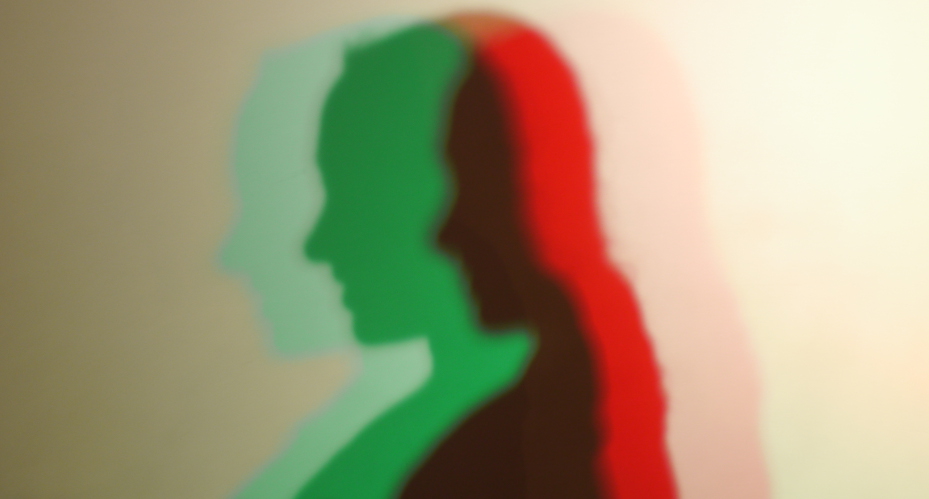In this demonstration, colours appear before the students' eyes as they learn about cell fatigue and afterimages.
Our central nervous system stops responding to information from our senses that is constantly repeated. You're not aware of the feeling of your clothes on your skin (until I mentioned it) because that feeling doesn't change. This is because you have adapted to the stimulus (the feeling of your clothes). This is useful so that you will notice a sudden and threatening change in your environment, such as a tiger attack. It would be unfortunate if your brain was busy paying attention to your clothes touching your skin and didn't notice a tiger!
Staring at the green colour in the flag tires out the cone cells in your retina that respond to green. Since the brain gets used to looking at the green in the flag, the cone cells send fewer and fewer signals saying "Green stuff here!" to the brain. While you're looking at the flag, your eyes are technically less sensitive to green since it is "old news" for the brain.
When you switch over to a white surface, your eyes don't register the green light and you see its complementary color red for a few moments. Remember that what our brain processes as "white" is actually the combination of all colours combined. It takes a few moments for the cones to start firing green signals to the brain again, which is why we see the complementary colour red as an "afterimage"
In the same way, if you stare at a red color for 30 seconds or more, the cells in your retina that respond to red will fatigue more and fire less. When you switch over to a white surface, your eyes subtract the red and you see its complementary color green.
Teacher's Note: This image MUST be printed in colour.



